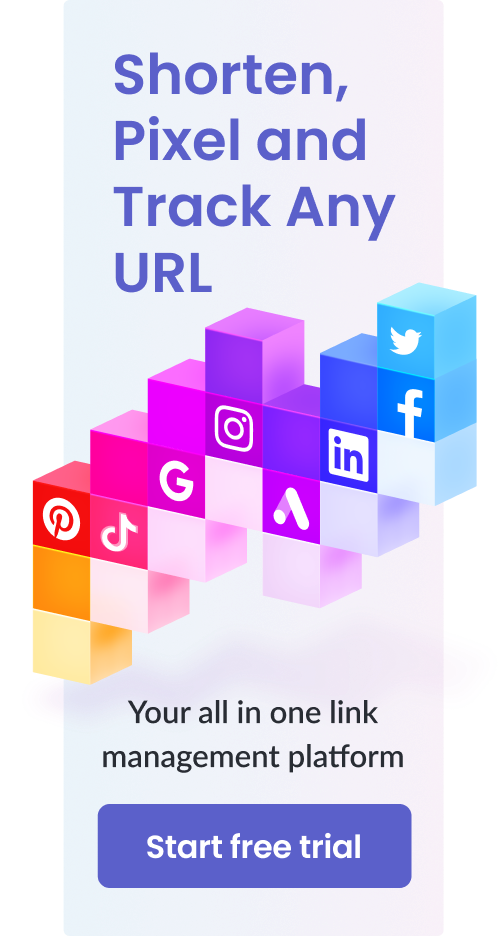Social Media PR Writing: 5 Ways to Craft a Killer Headline – In-Depth Guide, TIps & More
Table of Contents
Social media PR writing is the bread and butter of social media marketing, and the most essential part of it is the headline. You can do five things (and one thing to avoid) to ensure you have a compelling PR headline.
Social media has not only changed worldwide communication but has also created new possibilities for promoting content, brands, and products as has never been done before. One means of doing this is a tried-and-true marketing tool – the press release (PR).
Social media PR writing can be tricky if you don’t know what you’re doing, and getting it right is critical to obtaining results. And the most essential element to get right is the headline; without a compelling title, the PR’s entire purpose is lost.
What Is a PR Headline?

As the first thing that anyone will read, the PR headline’s main job is to make people want to learn more. Essentially, the PR headline should be the entire story whittled down to a single phrase. This is easier said than done.
An appealing press release title will get your PR ranked from between 200 to 400 press outlets, and you want it to get picked up by as many as you can.
Since it is so critical to the success of the PR, several things should be considered when crafting a PR headline.
5 Do’s (and 1 Don’t) of Writing PR Headlines
1. Be Specific
By precisely targeting the keyword of a PR headline, you avoid ranking competition driven by large, high-traffic sites. These sites are already established and will dominate search results even into the second and third pages.
A focused headline will draw traffic that is more specifically interested in whatever you’re promoting. To do this, it is best to take the general keyword and research other search terms that are related or that people may already be searching for.
Take, for example, the phrase “red shoes.” That’s much too broad, and you’d be wasting your time (and money) trying to rank for it. If you were to use the phrase “classic red pumps with a three-inch heel” instead, not only do you have a better chance of ranking well, but you also will attract customers who are in a buying frame of mind already.
2. Use Niche-Related Words

Similar to cultivating a specific keyword phrase is the exploration of a much tighter sub-niched search term. This method will require you to drill down into the search results and think about your customer’s needs and desires. What’s their pain point? What problem does your product solve?
When you use this method, you can rank well even in highly competitive niches by finding hidden search terms that are well-searched by customers yet have far fewer competitors vying for the top slot in Google.
You should also try to place these niche keywords as close to the front of your headline as you can. The reason for this is that Google indexes the front of the headline first, so it makes sense to put the terms you want to rank for at the beginning of your PR title.
3. Create Newsworthy Headlines
Your PR must read like news, not an ad. As such, you should focus your headline on the news aspect of the product or launch.
To ensure that the headline is newsworthy, research the headlines of news media content, such as in newspapers and those scrolling across the screen during a news program.
Those headlines are specifically designed to convey the news, and imitating how they are put together is essential.
4. Edit out Non-Search Term Words
PR Headlines need to be short and to the point. Generally, they are only 70 characters long, so the vital information needs to be shared upfront and without delay.
If there are too many words in the headline that are not essential to conveying your message, it can reduce your ranking power — the opposite of what a carefully crafted headline can do.
Also, try to avoid using the same word more than once. The extra word will just take up space and not provide any of the benefits.
5. Anticipate Trends

Some events and trends are entirely predictable. Such things as big movie releases, sporting events, and even holidays are all things that you can capitalize on to create a buzz that will help shoot up the search rankings.
When you create a PR with a future trend in mind, it only needs to be released around the event’s timing to help rankings skyrocket.
This approach requires planning and research, but it is guaranteed to see success.
Tip: Use a link Shortening service for your amazon or news links.
Shortened Links get more traffic than the traditional longer URLs. You can also track the traffic you are getting from different platforms.
Don’t Include Your Brand Name
Leave your ego at the door — don’t waste precious space in your social media PR headline with your brand name. The only time using a brand name in a press release title makes sense is when you are running a branding campaign, and there are better vehicles for that than the type of press release we’re talking about here.
To get a PR to rank high and do its job, you must craft its headline thoughtfully and carefully to achieve the desired results.
If you follow the 5 do’s (and 1 don’t) of writing a PR headline outlined above, your social media PR headline is ready to do its job and work for you.
It can be extremely difficult to summarise the impact of a long-winded article into a single phrase in the form of a PR headline. That’s why it’s important that you take extra time and planning to craft it.
A well-crafted PR headline can invite a wide variety of demographics to engage with the content in an article. It’s something that is crafted after considerable planning and research rather than simple brainstorming techniques.
Conclusion
Headlines are one of the toughest parts of any writing job. Titles in PR writing are no different.
PR writers in the digital age have to consider factors such as SEO in addition to traditional factors such as catchiness and specificity.
It’s an evolving landscape, but the rules are fairly easy to understand. We highly recommend you practice writing a few headlines using our 5 do’s (and 1 don’t). It might seem clunky and difficult at first.
However, as you practice writing these headlines, the rules will become muscle memory; leaving you to focus most of your brain power on the actual content at hand.
Check out our blog for more insights on making your business successful.
Let us know what you think in the comments below.
